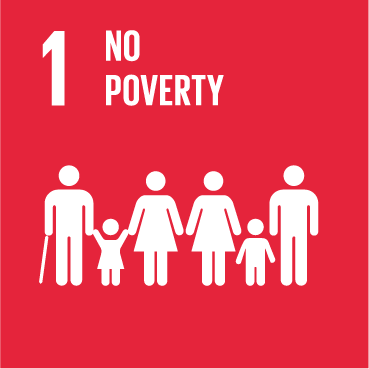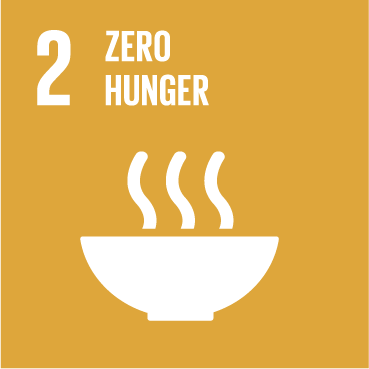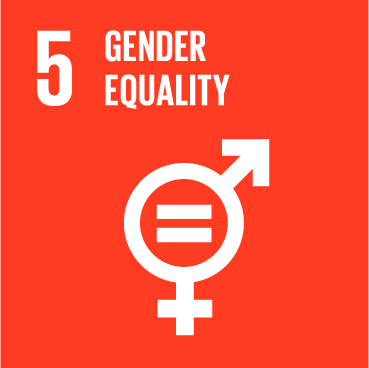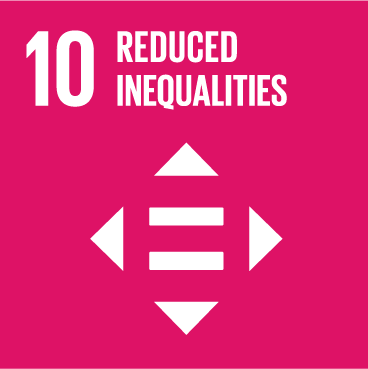Introduction
10 million people and 3 million children went hungry during April and May 2021, according to the fifth wave of the National Income Dynamics Study Coronavirus Rapid Mobile Survey
(NIDS-CRAM, 2021)
South Africa’s economy has performed dismally since its miracle transition to democracy in 1994. Between 1994 and 2020, GDP per capita increased by only 16.1%, an annual average of 0.65%. South Africa now has unemployment rates of: 74.8% for youth, 48.7% for Black Africans, 53.2% for Black African females, 53% in the Eastern Cape, 50.3% in the Northern Cape and 49.9% in the Northern Cape (Stats SA, 2021). Also, 10 million people and 3 million children went hungry during April and May 2021, according to the fifth wave of the National Income Dynamics Study Coronavirus Rapid Mobile Survey (NIDS-CRAM, 2021).
South Africa is now an unviable society. The unemployment crisis is a national disgrace, the most heart-breaking betrayal of the promises and dreams of our liberation. The time has come to change course and chart a new path for economic development. There were three phases in terms of South Africa’s macroeconomic performance between 1994 and 2019. GDP growth was low and unemployment soared when there were contractionary macroeconomic (fiscal and monetary) policies. GDP growth increased and unemployment declined when macroeconomic policies were expansionary. Although it is difficult to isolate the effect of fiscal policies alone, the economy performed poorly when government spending was weak and grew rapidly during the one period when it started spending again. There was a strong multiplier effect. During the first phase (1996 to 2003), the government implemented the Growth, Employment and Redistribution Programme (Gear) programme, a neoliberal stabilisation plan although there was no inherited apartheid debt crisis.
In 1996, the debt to GDP ratio was 49.5%. The foreign debt ratio was 1.9%.
During this period, government final consumption spending increased by 2.6% a year, with growth of 4.6% and 5.7% in 2002 and 2003 respectively, which lifted the average for the eight-year period. There was a public sector investment strike. Public Investment by general government and public corporations declined by 24.9% between 1998 and 2001. It returned to 1998 levels in 2004. Between 1997 and 2001, investment by general government declined by 15.2%. It returned to 1997 levels in 2003. Between 1998 and 2001, investment by public corporations collapsed by 41.9%.










